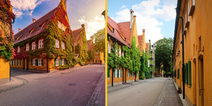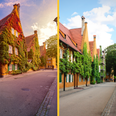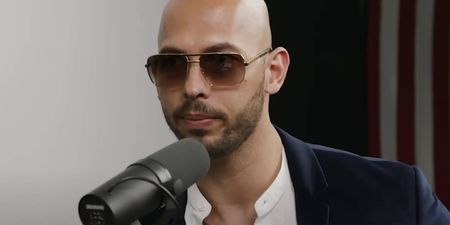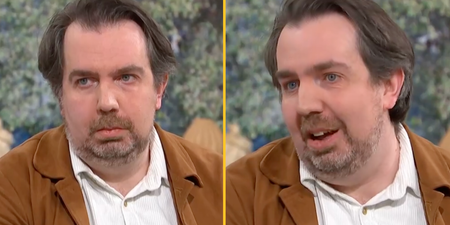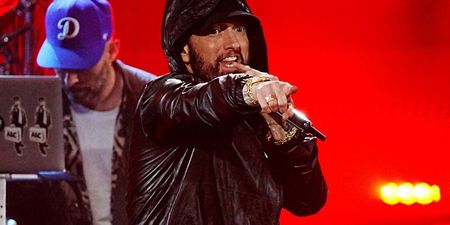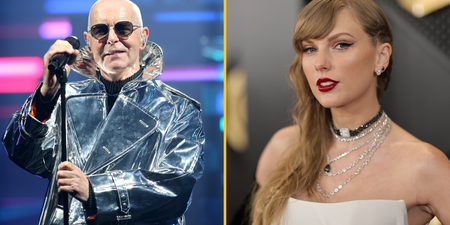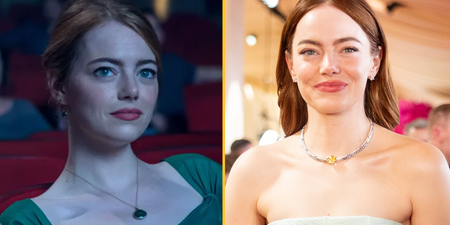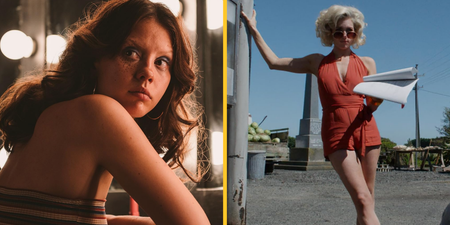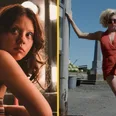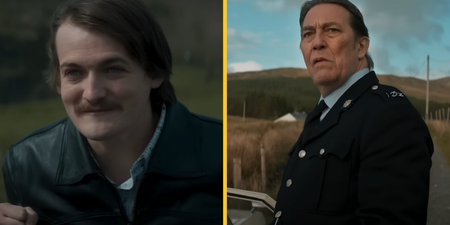Recently, the kind folk at Opel Ireland invited us out to their design studio in Rüsselsheim as it celebrates its 50th anniversary this year. To mark the occasion, JOE was given the grand tour…
It was back in 1964 when Opel opened the first design studio of its kind in Europe and since then the studio has produced some of the most iconic cars that we’ve seen over the past 50 years. Just ask your dad…
While advances in technology have been abundant since 1964, some of the old-school design techniques that were used back then still remain in place, such as hand crafted clay models, and JOE was lucky to see first-hand how a car is designed from the ground up.
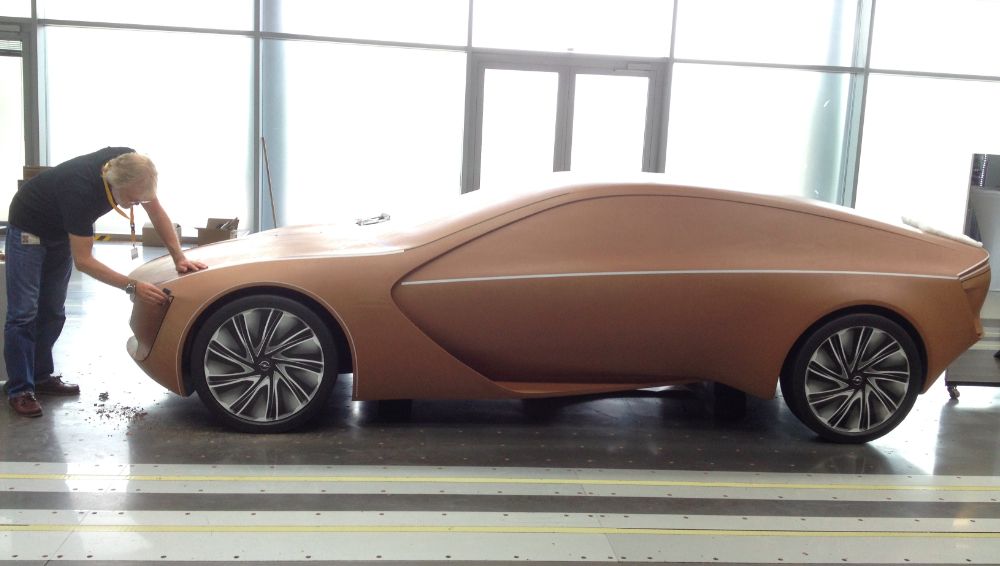
But first, a bit of history…
Opel’s design studio, which is located in a building known simply as N10, houses three different design departments: Interior Design, Exterior Design, and The Advanced Studio. While the first two are fairly self-explanatory, the third ‘Advanced’ studio is where all the magic happens.
An American by the name of Clare M. MacKichan was the first person to be appointed Chief Stylist at the Advanced Studio in Rüsselsheim. The Advanced Studio was tasked mainly with the development of completely new concepts for cars, which is a job that remains to this very day. The designers’ job was, and still is, to look into the future and to bring what they envisioned back to the present day.
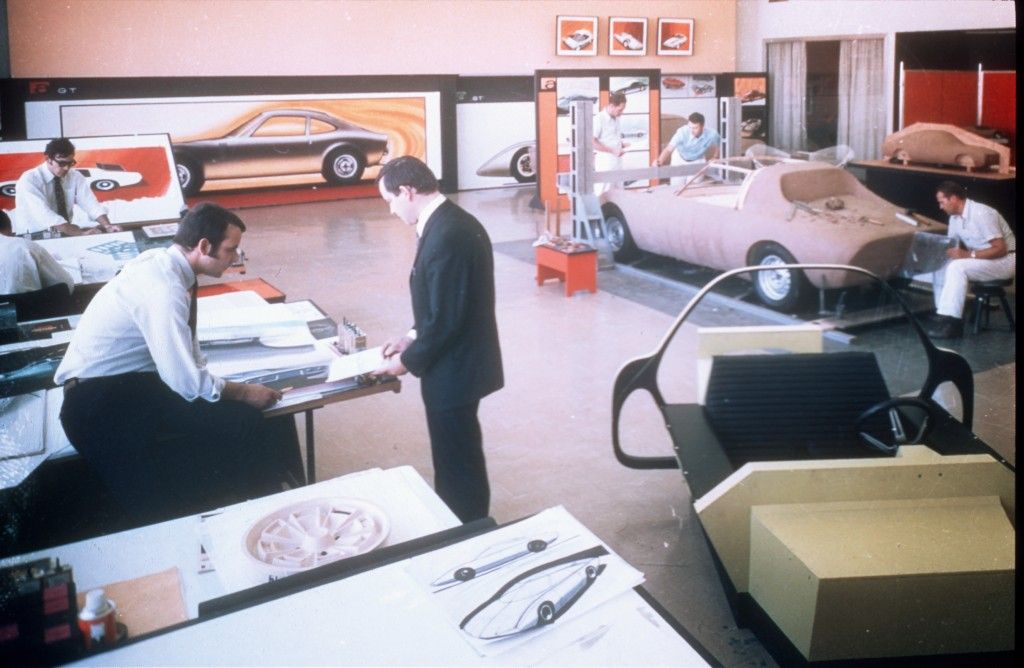
Now, you have to remember that this was the swinging 60s when designs and tastes were changing faster than ever before; people had spare cash to spend and were looking for their next big thrill. So Opel decided to produce a sporty two-seater coupé known as the Experimental GT to show the public what its design studio was capable of. The car was never meant to make it as far as the production line, however, the GT’s appearance at the 1965 Frankfurt Auto show garnered so much attention from both the media and the public that Opel decided to release a production version of the GT in 1968.
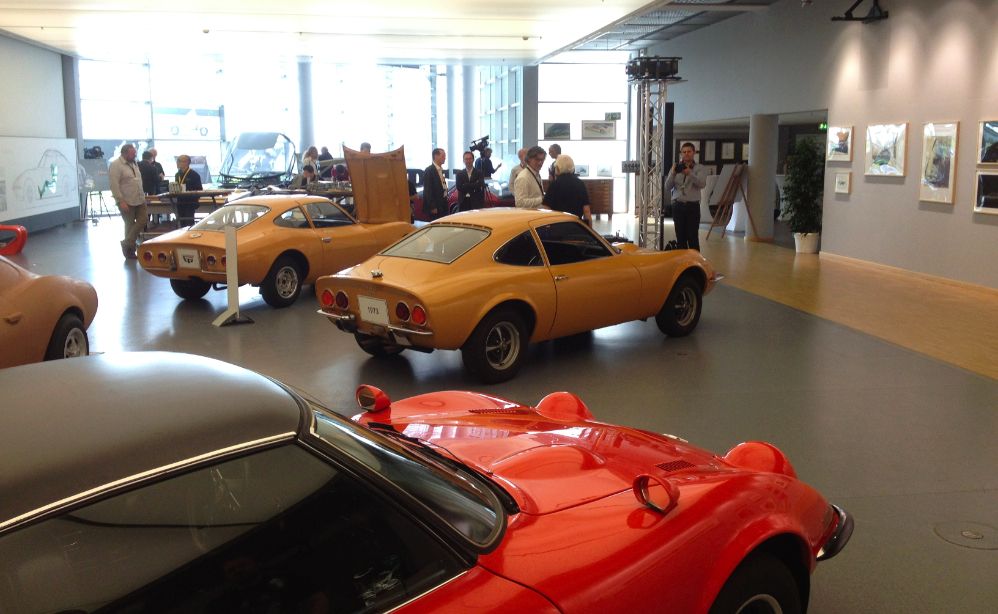
Slowly but surely, other European manufacturers started making concept cars that would never see an actual stretch of public road, as those manufacturers, like Opel, saw the benefit of allowing creative minds to make vehicles that were much more than methods of transportation from A to B.
Following on from the success of the Experimental GT and the production GT, Opel’s Research and Advanced Design studio concentrated their efforts on designing visionary coupés and sports cars.
Opel’s next concept car, the Opel CD, was designed in 1969 and like the concept cars of today, it was a car that was not designed for series production. Instead, the CD (Coupé Diplomat) was intended to show the world what cars would be like in the 70s and to show where Opel’s overall design was heading.
From there, Opel produced a number of concept cars including the Opel Geneva (pictured below) and Opel GT2 in 1975; the Opel Junior in 1983 (which was capable of 58 miles per gallon – impressive even for today’s standards); the Opel Twin in 1992; the Opel MAXX in 1995, the Concept A and Opel G90 in 1999, the Signum2 and Frogster in 2001; the Concept M in 2002; the Insignia Concept in 2003; the TRIXX in 2004; the GTC Concept in 2007; and most recently, the Monza (main picture, above)…
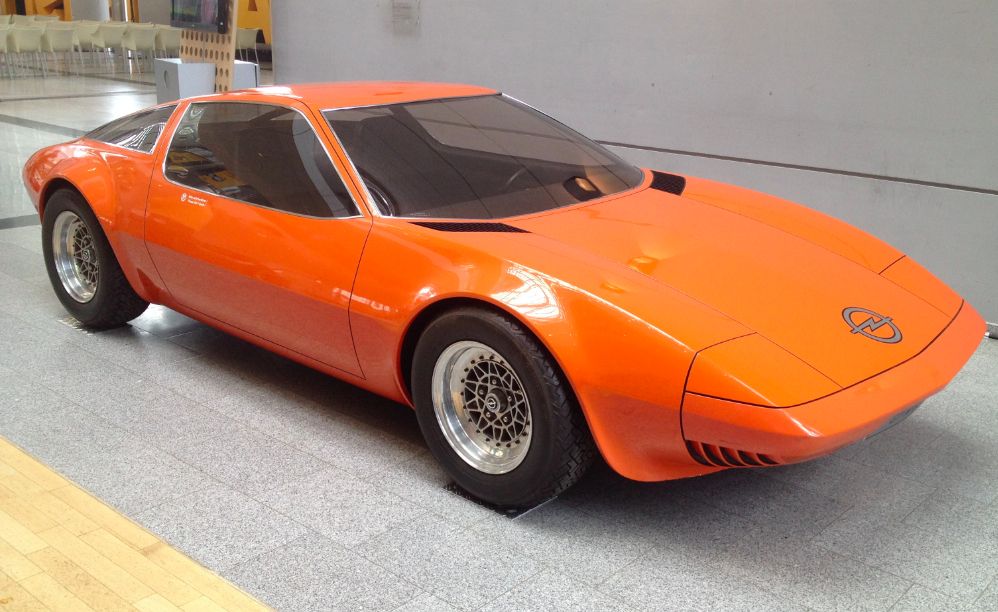
We were allowed to get up close and personal with some of the models that remain in Opel’s original design studio and while the Experimental GT and GT2 took pride of place, it was the Opel Junior that really stood out for us. The car was designed in 1983, but it was well ahead of the times. So much so that received the renowned “Car Design Award” in 1984 for its outstanding technical and creative solutions.
Apart from looking like a funky little motor for its time, the Opel Junior (pictured below) offered freedom and creativity in a small but comfortable space. The seat covers doubled as sleeping bags and the dashboard was made up of interchangeable panels that allowed the driver to decide where the various instruments were placed.
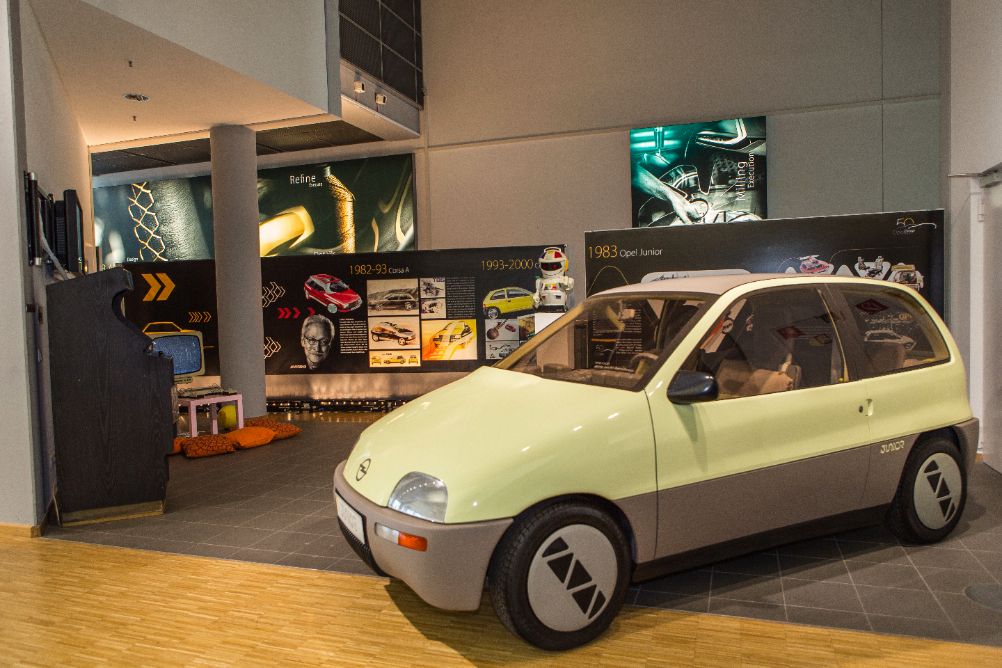
While seeing the original concept cars in the flesh was an experience in itself, the single most interesting aspect of the tour was seeing just how a car is designed from the ground up. These days, a lot of the design work is completed using specially designed software that allows the designers to see their work in crystal clear detail – the quality of the image on the screen was a lot better than anything we’ve ever seen before – but designers still use the clay model technique that was used during the early design years.
The designers showed us how they created Opel’s latest concept car, the Monza, using both clay models and computer-aided design (CAD) software, and it was great to see the car up close as it represents where Opel’s design philosophy is heading in the future.
Judging by what we saw in Rüsselsheim, Opel’s strong reputation for building a concept car like no other is still alive and well and we’re already looking forward to seeing how the Monza will play a role in Opel’s future designs.
Finally, we’d like to give a massive thanks to Opel Ireland for inviting us along on this once in a lifetime trip. We’ll feature a gallery with all of our best pics from the trip later in the week, so make sure to look out for that.
LISTEN: You Must Be Jokin’ with Aideen McQueen – Faith healers, Coolock craic and Gigging as Gaeilge


